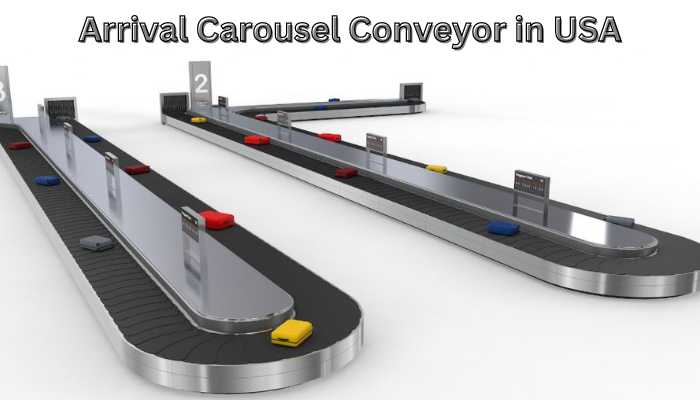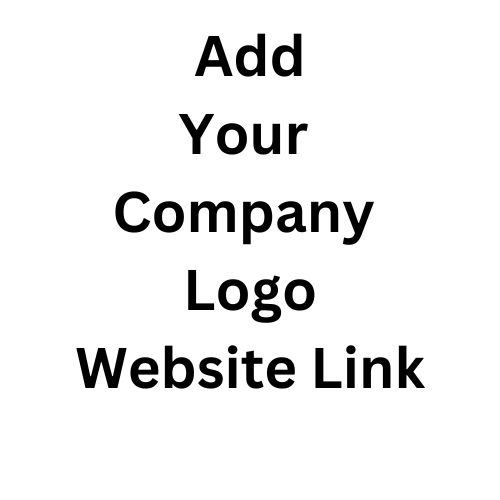Improve Baggage Handling Systems (BHS) in USA in 2025
Have you ever stood at the baggage carousel, anxiously awaiting your suitcase, and wondered what mysterious journey it took to get there? The answer lies in the marvel of airport baggage handling systems (BHS). These intricate networks silently orchestrate the movement of millions of bags every day, ensuring a smooth and efficient travel experience. Behind the scenes, a complex ballet unfolds, where a symphony of conveyors, sorters, and intelligent software meticulously route your luggage through a labyrinthine underground network.

The Symphony of BHS Components
Imagine a complex ballet where suitcases become the dancers. A BHS operates much like this coordinated performance, with each component playing a vital role:
- Conveyor Belt System: The workhorse of the BHS, a network of conveyor belts transports baggage from check-in counters to security screening, sorting areas, and ultimately, to the waiting aircraft. Modern systems boast advanced features like variable speed control and incline/decline sections for efficient baggage movement.
- Baggage Sorting System: This is where the magic happens. Using a combination of barcode scanners, RFID tags, and intelligent software, the sorting system directs each bag to its designated flight. Tilt trays, a common type of sorter, utilize gravity and clever engineering to gently nudge bags towards their assigned chutes.
- Baggage Claim: The final frontier for your luggage, the baggage claim hall relies on a dedicated conveyor system to deliver your bags after the flight lands. Here, efficient design and proper passenger flow management are crucial for minimizing wait times.
These are just the core components; a modern BHS can incorporate a wide range of additional features:
- Independent Carrier System (ICS): This high-speed technology utilizes individual carriers that grip and transport each bag independently, offering increased throughput and flexibility.
- Early Baggage Storage (EBS): For busy airports, EBS allows pre-sorting and secure storage of checked luggage, reducing congestion during peak hours.
- Baggage Security Screening: Integrated screening systems seamlessly scan baggage within the BHS, ensuring passenger safety without compromising speed.
- BHS Software: The brains of the operation, BHS software manages the entire system, controlling conveyor speeds, sorting logic, and baggage tracking data.
US BHS Manufacturers and Installation Companies
The smooth operation of BHS relies on a skilled ecosystem of manufacturers and installation companies in the USA. Leading names like SITA, Vanderlande Industries, and Daifuku Co., Ltd. are at the forefront of BHS design and technology, while specialist US companies like Brock Solutions and Robson Handling Technology USA provide expert installation and support services.
The Future of BHS in the USA
The world of air travel is constantly evolving, and BHS technology is keeping pace. Here are some key trends shaping the future of BHS in the USA:
- Automation: Autonomous vehicles and robotic arms are being explored to further automate baggage handling tasks, improving efficiency and reducing reliance on manual labor.
- Enhanced Tracking: Advanced tracking systems with real-time data will provide passengers with greater peace of mind, allowing them to monitor their luggage’s journey throughout the process.
- Security Integration: Seamless integration of biometric identification and advanced screening technologies will further enhance security measures.
- Sustainability: Eco-friendly considerations are gaining traction, with energy-efficient components and optimized system design becoming a priority.
Where Innovation Takes Flight
Several US airports are leading the way with advanced BHS solutions:
- Hartsfield-Jackson Atlanta International Airport (ATL): Boasts a state-of-the-art Early Baggage Storage system and a highly automated BHS.
- Los Angeles International Airport (LAX): One of the first airports in the US to implement an RFID-based baggage tracking system.
- Dallas/Fort Worth International Airport (DFW): Features a sophisticated BHS with independent carrier technology for faster sorting and reduced congestion.

Important Considerations in BHS
While the core functionality is crucial, several other factors play a significant role in effective BHS operation:
- Throughput Rate: Measured in the number of bags processed per hour, a high throughput rate is essential for handling large passenger volumes.
- Baggage Claim Wait Times: Nobody enjoys lengthy waits. Efficient baggage claim design and proper BHS management are key to minimizing passenger frustration.
- IATA Baggage Standards: The International Air Transport Association (IATA) sets global standards for baggage handling, ensuring consistency and safety across the industry.
- BHS Maintenance: Regular maintenance is vital for optimal BHS performance and preventing costly downtime. Predictive maintenance techniques are gaining traction, allowing for proactive maintenance.
Get a Quote from Top 6 Global Leader BHS Manufacturers
Frequently Asked Questions
What are the different types of BHS used in US airports?
US airports utilize a combination of conveyor belt systems, baggage sorting systems (like tilt trays), and advanced technologies like Independent Carrier Systems (ICS) for high-speed sorting.
How is baggage security integrated into BHS?
Modern BHS seamlessly integrates security screening systems. Scanners strategically placed within the system automatically inspect luggage without compromising overall speed or efficiency.
What are some of the challenges faced by BHS in the USA?
Ensuring smooth operation with high passenger volumes and diverse baggage sizes can be a challenge. Additionally, minimizing wait times at baggage claim and implementing efficient security protocols require ongoing innovation and optimization of BHS.





